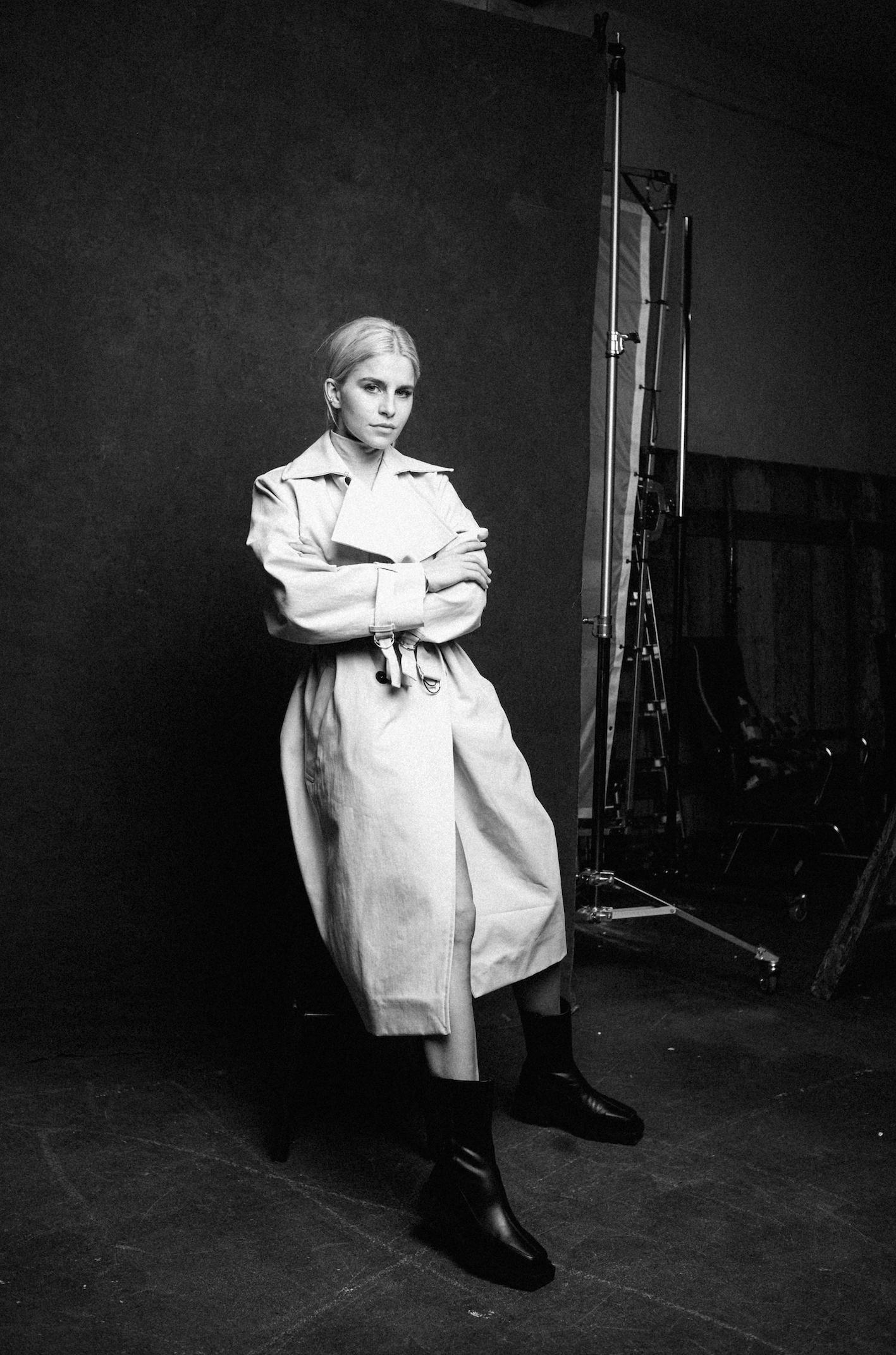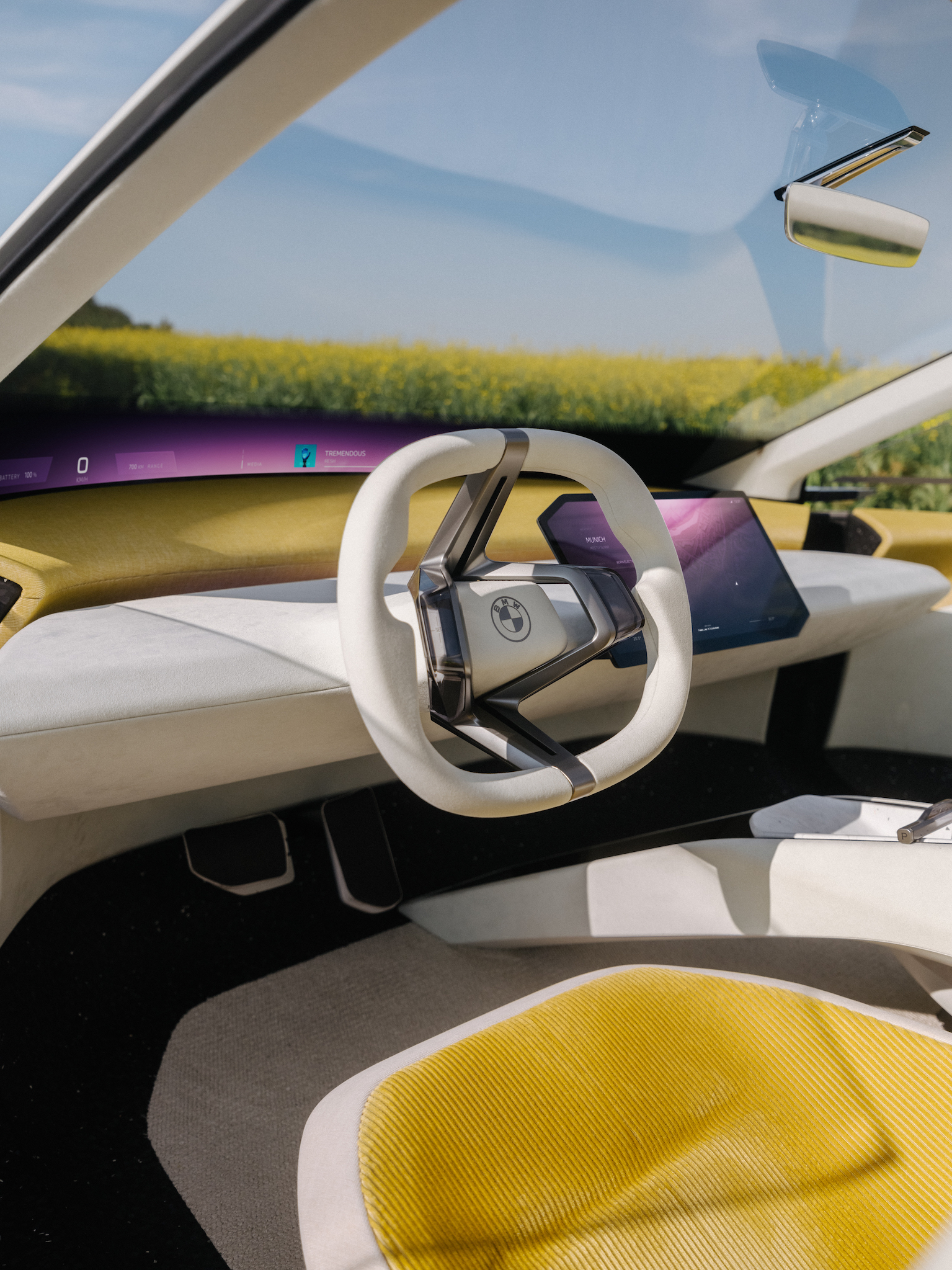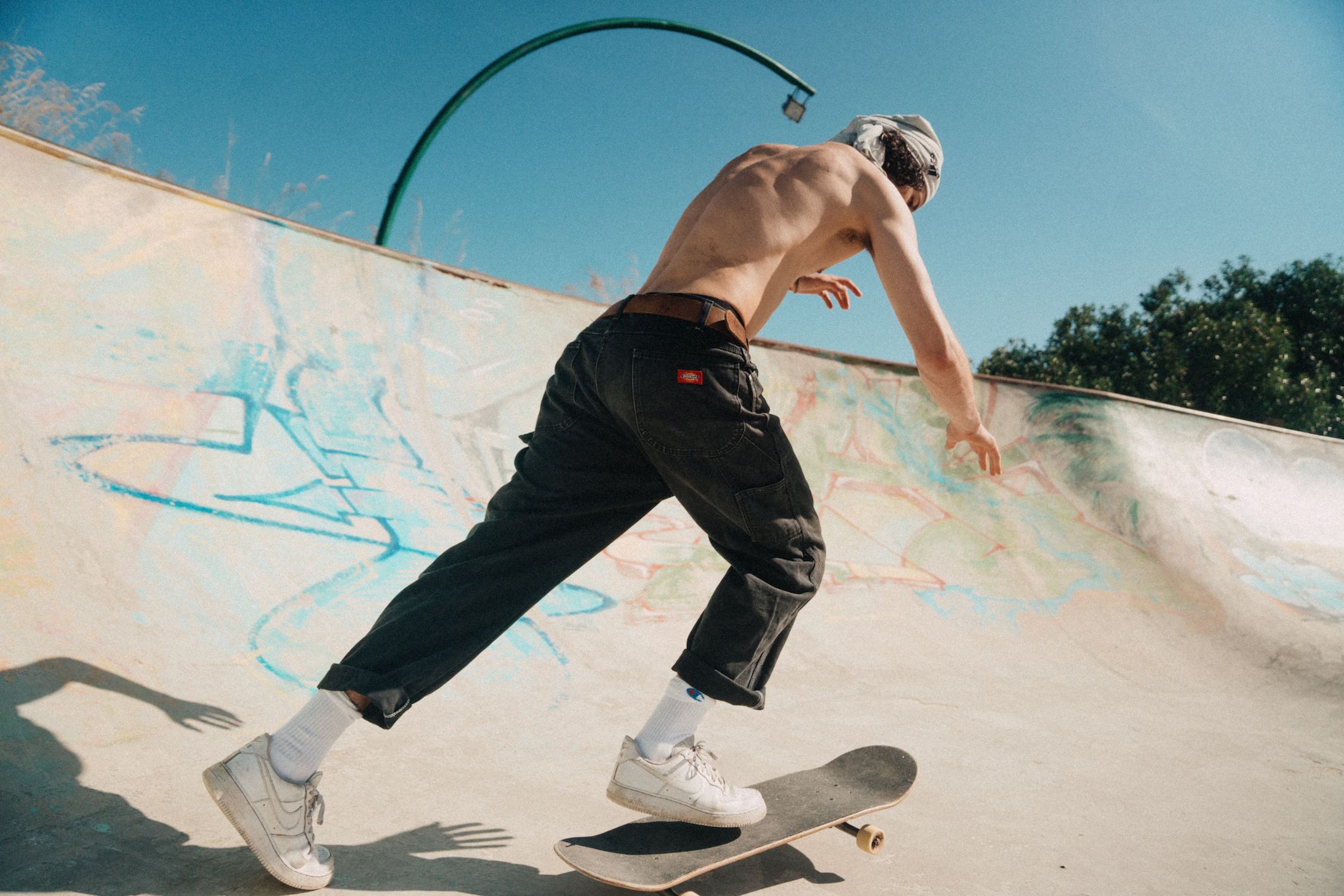©André Josselin
Europe’s most popular professional photo sharing software eases the collaboration between artist and brand
Commercial photographer André Josselin is all about authenticity – or at least creating the feel of it for clients. One week he might be taking pictures of FC Bayern Munich players away from the pitch, or following the musical production duo The Chainsmokers on tour; the next, he’s on location with models for Cartier, BMW or Tommy Hilfiger. Whether or not the shoot is staged, Josselin’s soft documentary style reverberates with realness; the images are not ‘polished’. As he says: “They can’t be too perfect. It’s almost like it looks like a picture that everybody could take – just with a twist.”
When Josselin became a Leica ambassador in 2018, and the camera manufacturer posted his images on their social media, he noticed criticism from other photographers in the comments for exactly this reason. “Some people were like, ‘You don’t need a Leica to take pictures like this, I could do this on my phone,’” he laughs. But that’s precisely why brands are drawn to him.
The rise of cameraphones and social media over the last 15 years has put a more authentic aesthetic on the global stage (AKA our newsfeeds) – and, of course, brands soon caught on. A far cry from the traditional, contrived, overtly retouched imagery of advertising eras gone by, there is now a movement to sell things differently: to sculpt campaigns into human stories that live, breathe and connect with consumers – particularly younger ones – on a rawer level. Enter Josselin and his contemporaries.
It helps that the Cologne native never formally learned how to take a ‘good’ or ‘proper’ photograph. He belongs to the wave of younger photographers who have benefited from social media’s creative democratisation, allowing them to bypass the need for established networks and expensive training. After buying his first camera in 2008 – which he had to finance over three years to afford – Josselin began taking photos of road trips with friends, posting them on Facebook and Instagram. As his following grew, the prolific German photographer Paul Ripke took notice and began to support him within the industry. Josselin soon landed his first commercial job with Nike, and his second with Mercedes-Benz.
“I let [models] pose, but I don’t use those images. I like to capture the next moment, as they’re leaving the pose”

Fast forward to today, and Josselin has found a groove that allows him to maintain that early edge of imperfection in his commercial work while staying within the parameters of prescribed creative treatments. In his words, a brand director may “lay the base” with their brief, but Josselin will “add the spice”. From there, nailing a result that everyone is happy with is a collaborative process, a dance of sorts.
Firstly, he aims to connect with his subjects on set, encouraging them to behave more authentically: “I talk them to death,” Josselin jokes. At the same time, a killer playlist helps to inject some dynamism into the room (“My dream job, besides being a photographer, is actually being a production DJ,” he confesses). As he shoots, Josselin tries to work around the straight-up posing. “I let [models] pose,” he says. “But I don’t use those images. I like to capture the next moment, as they’re leaving the pose.”
As someone who is intent on taking risks, Josselin’s back-and-forth with the client post-shoot is a crucial moment for identifying where they paid off. He cites picdrop – Europe’s most popular photo sharing software for professionals – as his go-to sharing platform. After a simple drag-and-drop of files, picdrop allows his clients to browse, vote, comment, proof – even draw and annotate directly on images.
“It’s so simple, the client just knows what to do. Even without me telling them”

“I’ve been using picdrop since 2016. Paul [Ripke] told me about it,” Josselin says. “It’s so easy to use and so different from [other platforms]… People can just click on the link and see the pictures immediately – they don’t have to download anything or make an account or navigate any clumsy interfaces. Then they can flag and comment on the pictures; I can see which are their favourites or where I need to retouch… And it’s so simple, the client just knows what to do. Even without me telling them.”
Does Josselin ever run into conflict in terms of what he wants versus the client? “Sometimes,” he muses. “There are so many opinions involved, and sometimes maybe what I want is too ‘authentic’ in a commercial sense. Or maybe the client just needs their bosses to be happy.” The beauty of picdrop is how much smoother it becomes to take these different voices into account. Photographers receive real-time notifications as people interact with the gallery – no back-and-forth over email needed – and can then filter images according to which ones have the most votes.
“But most of the time, I feel like clients book me especially to have these edgy, more indie pictures – this style that I bring,” he adds. “I’m lucky with that.” For any commercial photographers looking to foster the same kind of trust and freedom from clients – perhaps those who are feeling creatively unfulfilled by their current work – Josselin’s advice is to keep going. The more you shoot, the more you grow. And the more you grow, the stronger your visual outlook will become.
Find out more about picdrop at picdrop.com/web


